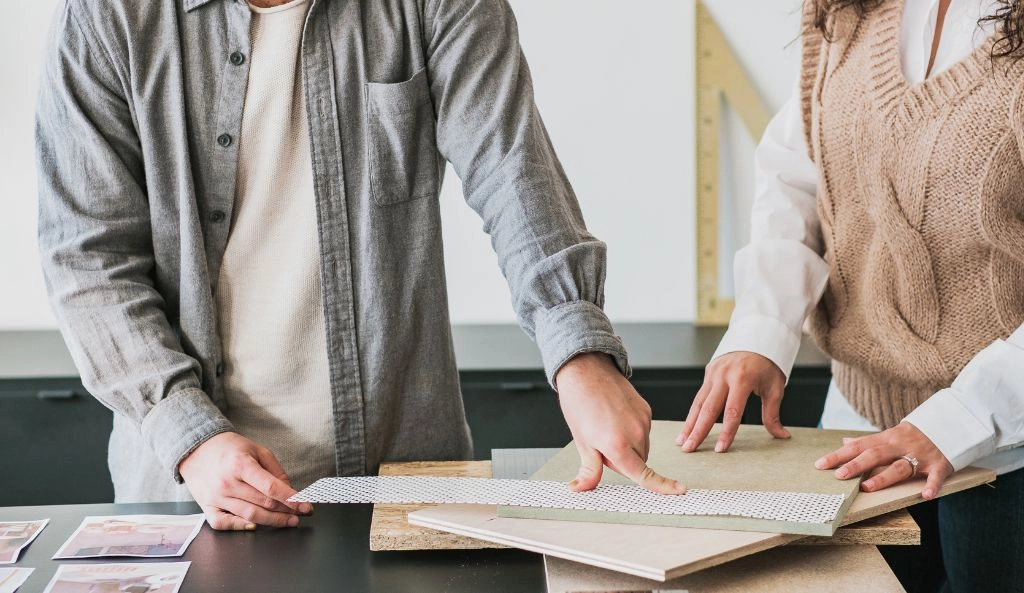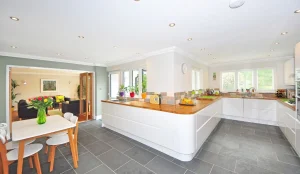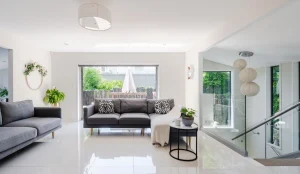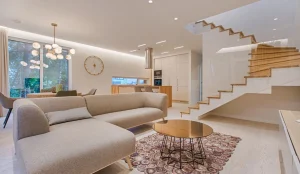Choosing tiles can be an exciting part of designing any space especially when it’s for your home. Tiles have evolved into the modernized versions today consisting of various shapes, sizes and patterns, surfaces and even some of which resemble very closely to natural earth materials like stone, wood and marble.
But with so many options available, from patterns, textures, colors and more, it can become overwhelming when it comes to choosing the best combinations for different tile styles. But if done right, mixing and matching different tile styles can transform a room, adding depth, interest and character.
Here are some ideas on how you can blend different tile styles to create the best effect that you can use for your next renovation.
- Have a theme in mind
A clear idea or theme in mind is needed before you start to even select your tiles. Should you go for a more rustic look, something more modern and sleek or maybe a timeless, classic design? Make selections that reflect or complement the motif of the space.
It’s important to mix and match different sizes and shapes, while experimenting with patterns and color combinations of wall and floor tiles. Get creative with how patterns can inflict personality and how colors may affect the mood. For example, you could use large, minimalist tiles which are mixed with smaller textured accent tiles for a modern look. Always remember to balance striking pieces of any setting with more neutral elements so that it doesn’t become overwhelming.
- Keep it simple and balanced
Tiles now come in different textures and designs like wood, cement or stone-designed tiles. The main idea is to ensure that you keep everything simple to prevent the space from feeling and looking too busy. Different tile shapes when combined can help create artistic patterns on the wall or floor. The trick is to create a balance when mixing the small and large-scale patterns.
- Mix size and scale effectively
Playing around with a mix of different tile sizes can help to add texture and depth to your rooms. For example, small-sized tiles that make a statement like mosaics are a good combination with larger-sized tiles. The smaller tiles will then be the focus area and play the role of a feature wall or a backsplash. The larger tiles also balance the entire room’s design.
One great tip when mixing different tile sizes is to take two tile designs in the same color range but having different shapes to form a bold and catchy pattern. You should ensure that the tiles complement each other in color and style for this to work well without clashing.
- Coordinate the right colors
Color coordination is important when it comes to mixing and matching tiles. A combination of tile colors to create patterns or to achieve the trend-setting gradients and effects is a great way to make a space pop. First, choose a dominant color and build around it with complementing tones. Neutral colors like greys, beiges and whites are easy to mix with bold accents. Sticking to a one-tone color scheme will definitely make the design process simpler. Adding an additional color to the wall beside the base color of the room creates a focal point, and keeps things cohesive throughout.
- Add different finishes
While using the same finish throughout can be pleasing to the eye, using different finishes can add a subtle contrast and add some texture to your space. You can try pairing matte tiles with glossy ones to create an interesting visual contrast, even when they’re the same color. Another example of this would be to use a small matte tile border around a wall of glossy tiles. As long as the functionality is not affected, you can club multiple finishes for a chic and unique look.
While mixing and matching tile styles can bring an exciting, personalized touch to your space, it is very important to ensure that the tiles you use for your space work well together to create your desired ambience. With a little creativity, your tile design can be as eye-catching and beautiful as your space needs.







